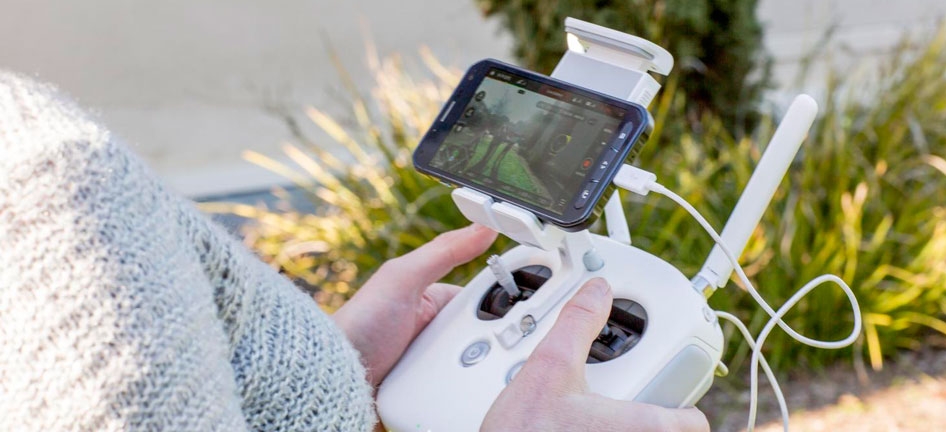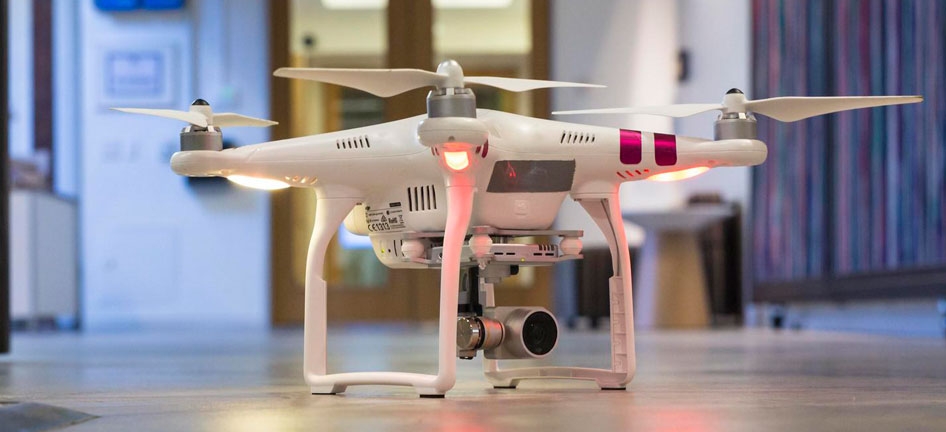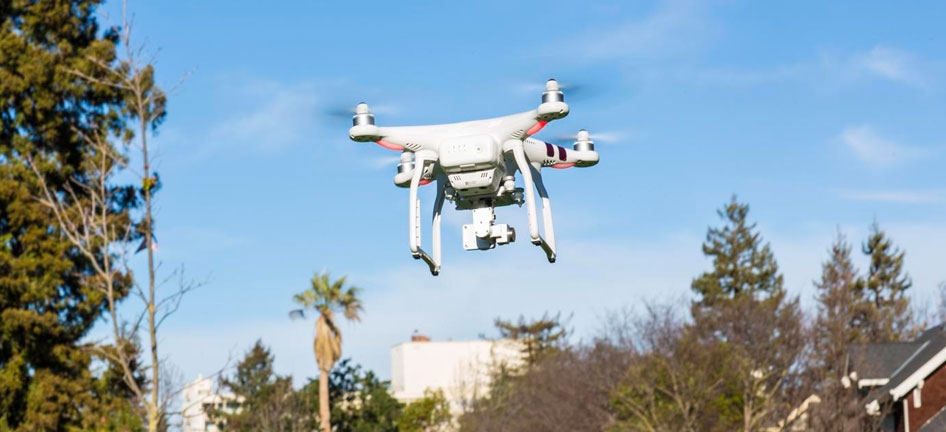AT&T's Internet of Things team and the AT&T Foundry innovation center are partnering with Intel to explore alternative methods to handle increased drone traffic. Specifically, they aim to determine if AT&T's existing LTE network is up to the task of handling data transmission between aerial drones and their operators on the ground.
Today's consumer drones are hamstrung by short-range signals (Wi-Fi, Bluetooth and radio waves) as well as various government regulations. Once things are sorted out as far as legal guidelines go, drones used for commercial purposes likely (hopefully) won't be limited to line-of-sight operation which is where AT&T comes in.

The nation's second largest wireless carrier is working with Intel to evaluate the performance of the LTE network as it pertains to handling drone communications. How the network copes with data transmission at high altitudes, for example, will certainly be telling. The telecom said connecting drones over its network may also address safety and security concerns as well as limit potential interference with manned aircraft.
Chris Penrose, senior vice president, IoT Solutions at AT&T, said their LTE network is uniquely positioned to connect industries like delivery, agriculture, construction and insurance. Anil Nanduri, vice president of the New Technology Group and general manager of New Markets within the Perceptual Computing Group at Intel, echoed those sentiments, saying his company believes UAVs have great potential, from inspections and precision agriculture to deliveries of consumer goods and providing emergency disaster relief.

Intel will be showing off its Yuneec Typhoon H drone (which uses its RealSense Technology) at Mobile World Congress this week.
